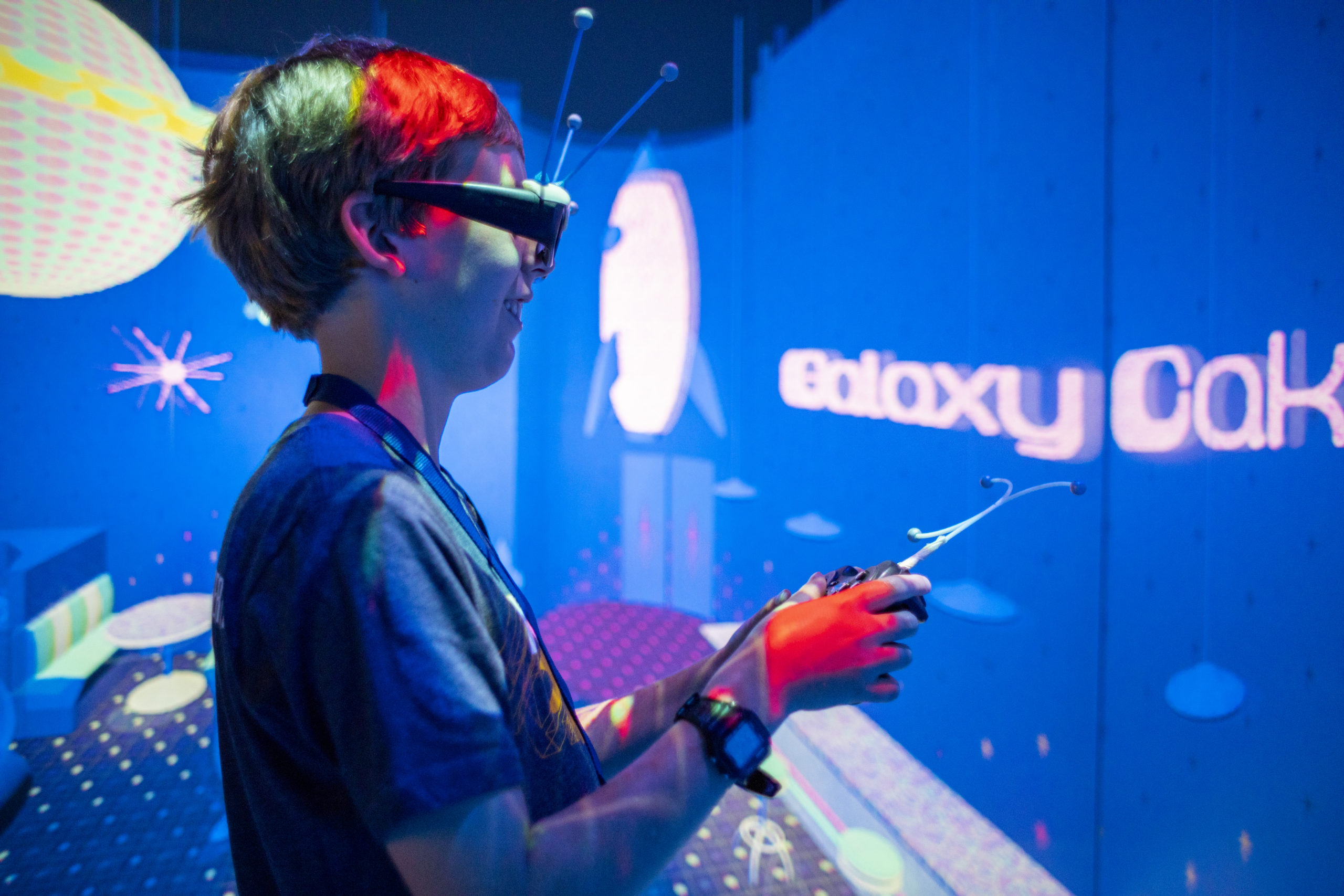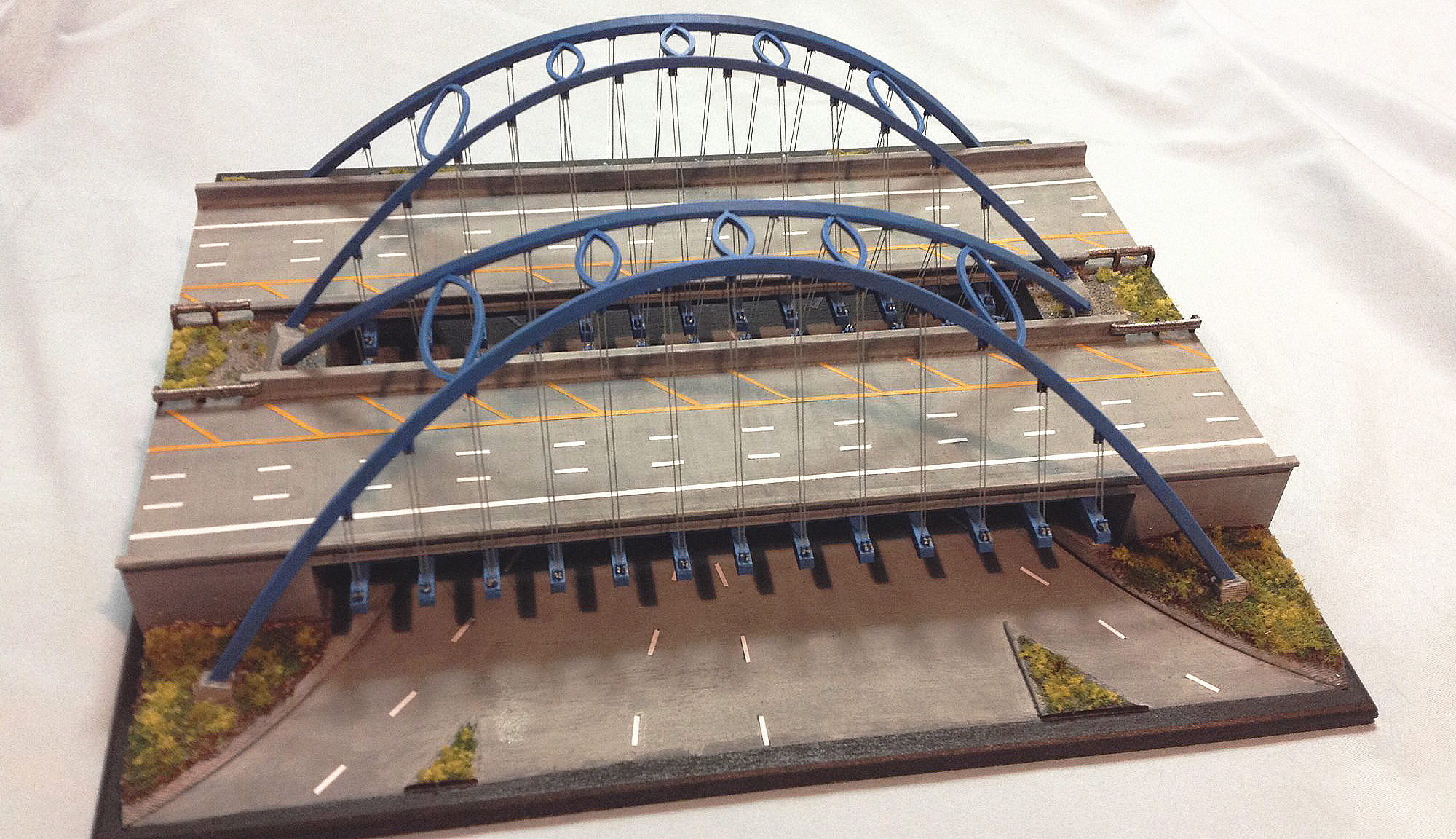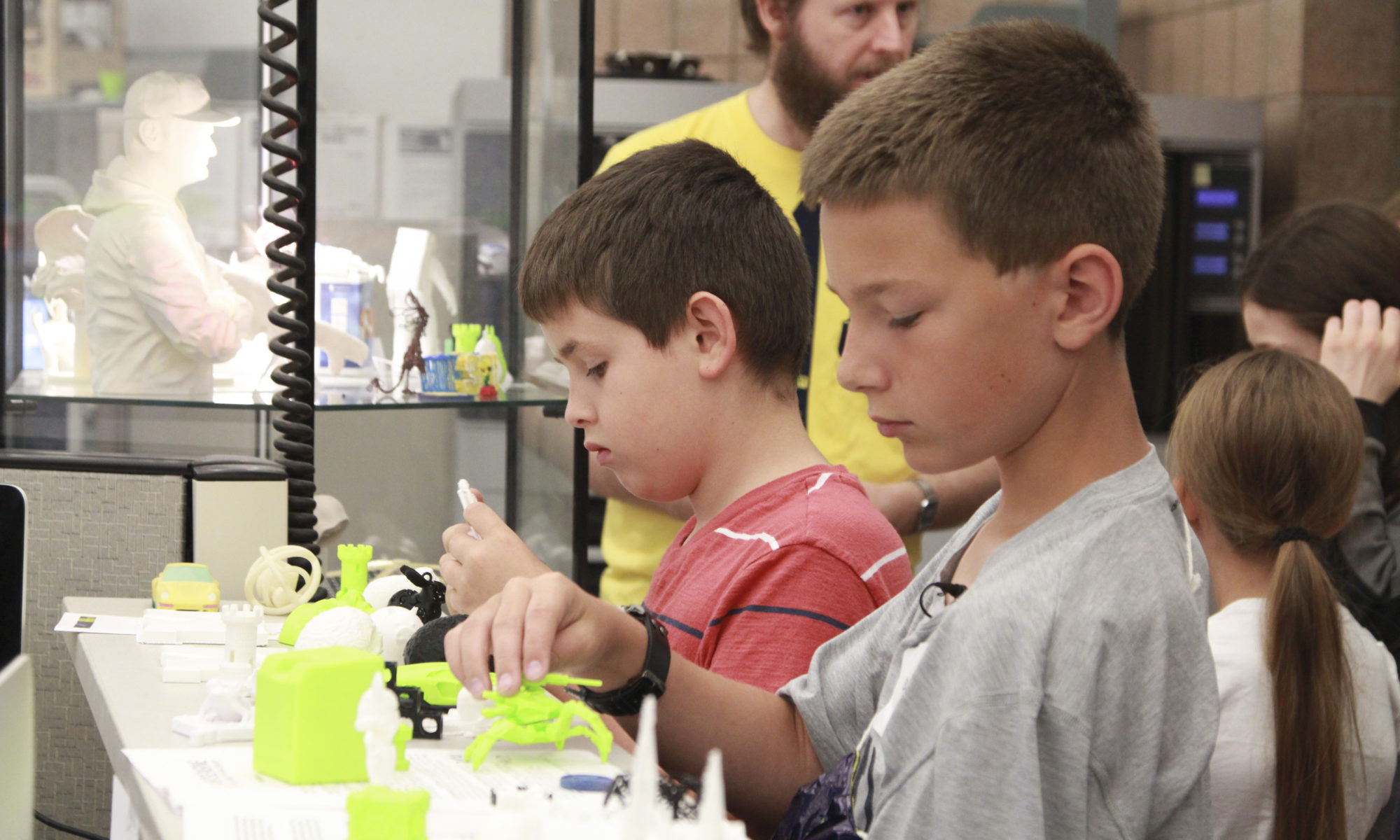Students Learn 3D Modeling for Virtual Reality
making tiny worlds
Stephanie O’Malley
ArtDes240 is course offered by the Stamps School of Art & Design and taught by Stephanie O’Malley that teaches students 3D modeling & animation. As one of only a few 3D digital classes offered at the University of Michigan, AD240 sees student interest from several schools across campus with students looking to gain a better understanding of 3D art as it pertains to the video game industry.
The students in AD240 are given a crash-course in 3D modeling in 3D Studio Max and level creation within the Unreal Editor. It is then within Unreal that all of their objects are positioned, terrain is sculpted, and atmospheric effects such as time of day, weather, or fog can be added.

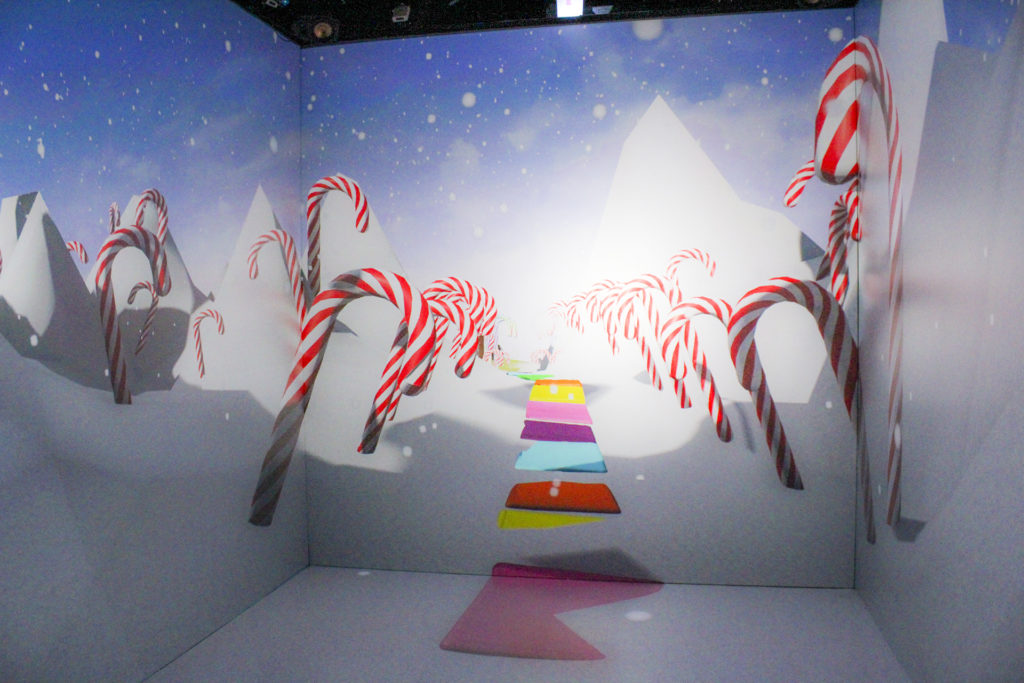
With just 5 weeks to model their entire environment, bring it into Unreal, package it as an executable, and test it in the MIDEN (or on the Oculus Rift), the resulting student projects were truly impressive. Art & Design Students Elise Haadsma & Heidi Liu took inspiration from the classic board game, “Candyland” to create a life-size game board environment in Unreal consisting of a lollipop forest, mountains of Hershey’s kisses, even a gingerbread house and chocolate river.
Lindsay Balaka from the School of Music, Theater & Dance, chose to create her scene using the Duderstadt Center’s in-house rendering software “Jugular” instead of Unreal Engine-Her creation, “Galaxy Cakes”, is a highly stylized (reminiscent of an episode of the 1960’s cartoon, The Jetson’s) cupcake shop, complete with spatial audio emanating from the corner Jukebox.

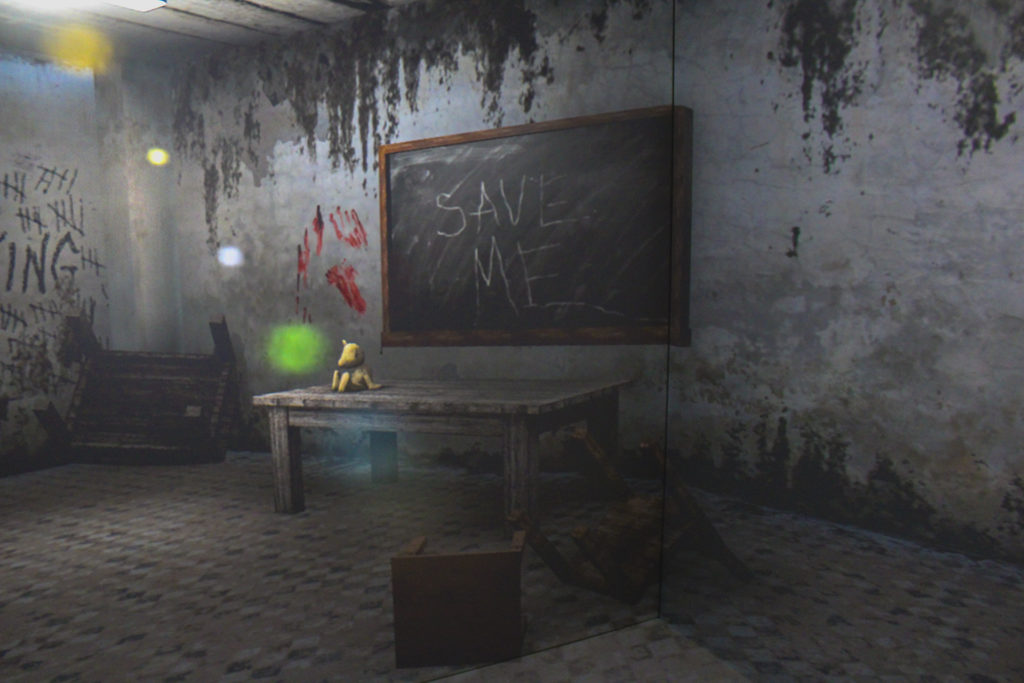
Vicki Liu, also of Art & Design, created a realistic horror scene using Unreal. After navigating down a poorly lit hallway of an abandoned nursery school, you will find yourself in a run down classroom inhabited by some kind of mad man. A tally of days passed has been scratched into the walls, an eerie message scrawled onto the chalkboard, and furniture haphazardly barricades the windows.
While the goal of the final project was to create a traversible environment for virtual reality, some students took it a step further.
Art & Design student Gus Schissler created an environment composed of neurons in Unreal intended for viewing within the Oculus Rift. He then integrated data from an Epoch neurotransmitter (a device capable of reading brain waves) to allow the viewer to telepathically interact with the environment. The viewers mood when picked up by the Epoch not only changed the way the environment looked by adjusting the intensities of the light being emitted by the neurons, but also allowed the viewer to think specific commands (push, pull, etc) in order to navigate their way past various obstacles in the environment.
Students spend the last two weeks of the semester scheduling time with Ted Hall and Sean Petty to test their scenes and ensure everything runs and looks correctly on the day of their presentations. This was a class that not just introduced students to the design process, but to also allowed them to get hands on experience with upcoming technologies as virtual reality continues to expand in the game and film industries.

